24, July 2024
CPDM Crime Syndicate: Biya authorizes CFA616 Billion in borrowing for 2024 budget 0
President Paul Biya signed a decree authorizing Finance Minister Louis Paul Motazé to secure a total of CFA616 billion in loans for the state. This amount is allocated for “financing development projects included in Cameroon’s 2024 finance law and settling outstanding payments (invoices pending with the Treasury),” according to the presidential decree. Of this total, CFA280 billion is to be raised domestically, while CFA336 billion will be sourced from international markets.
The decree aligns with an earlier ordinance signed by President Biya on June 20, 2024, and approved by Parliament. This ordinance amends certain provisions of the 2024 finance law, which was passed by Parliament in November 2023. The revised finance law increases the state budget by CFA533 billion (+8%), raising it from CFA6,679.5 billion to CFA7,212.5 billion.
A close examination of the budget adjustment reveals that the additional CFA533 billion will primarily be financed through borrowing. The government plans to increase its “loans and other financing” by CFA488 billion, representing 91.5% of the budget increase. Specifically, the allocation for loans and other financing will rise from CFA1,489.4 billion in the initial finance law to CFA1,977.4 billion in the revised budget, with a significant portion coming from international debt.
Debt Breakdown
The 2024 budget adjustment includes a reduction of CFA95 billion in loans from domestic public securities. In response, the government has decided to secure additional “program loans” amounting to CFA240 billion from multilateral lenders, and “initial loans from external private entities” that could reach up to CFA467 billion. Additionally, the government has cut its initial borrowing targets from Paris Club members, non-Paris Club governments, and other private external entities by CFA123 billion.
Overall, the CFA616 billion in authorized borrowing combines the CFA533 billion increase from the revised finance law and the remaining loans needed under the initial budget. This is expected to raise Cameroon’s debt levels throughout 2024.
According to the Autonomous Amortization Fund (CAA), which manages public debt in Cameroon, the country’s public debt reached CFA13,070 billion as of June 2024, up 4.9% year-over-year. Of this total, 93.5% is direct central government debt (CFA12,219 billion, or 40.4% of GDP, well below the 70% threshold set by the Cemac region), while 6.4% is held by public enterprises and institutions, and 0.1% by decentralized territorial authorities.
Source: Business in Cameroon
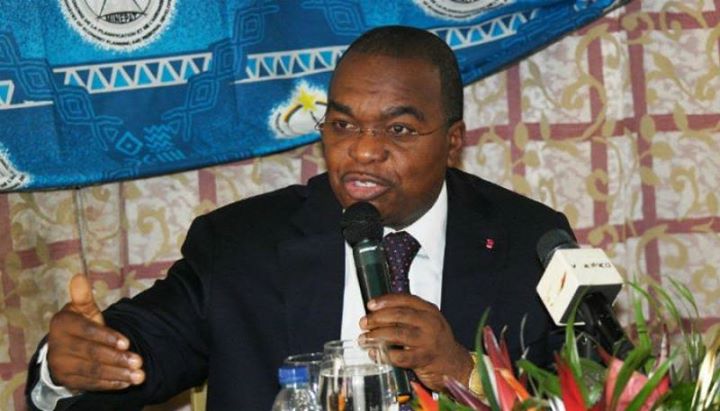
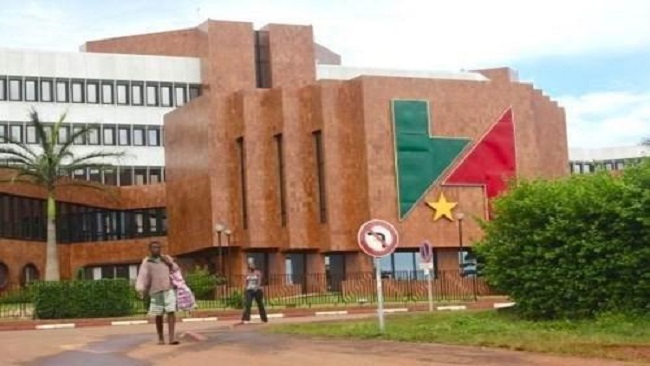
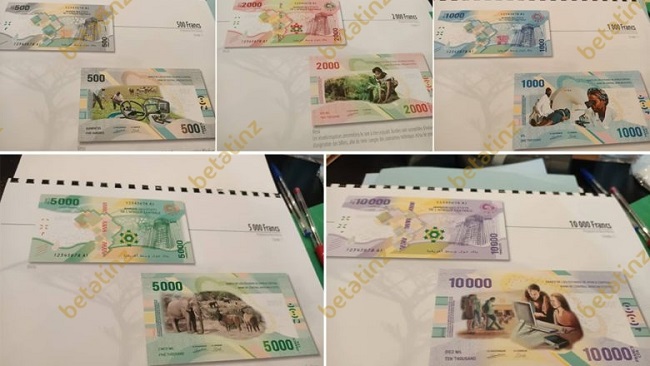
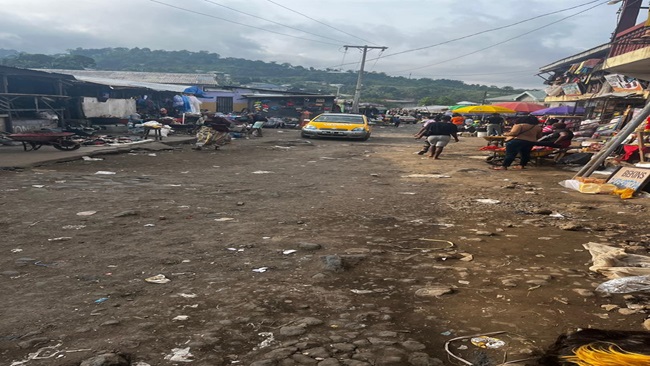
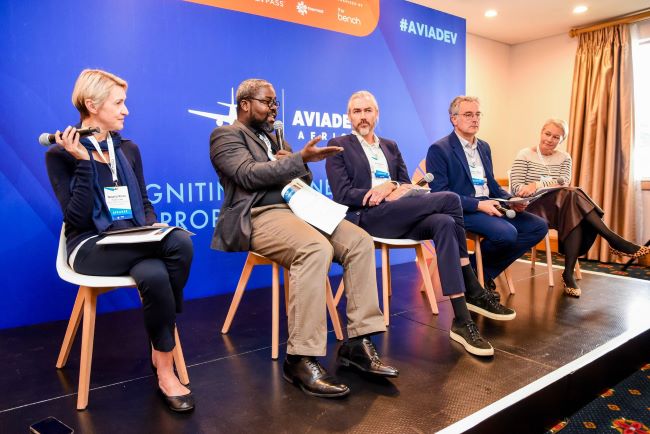
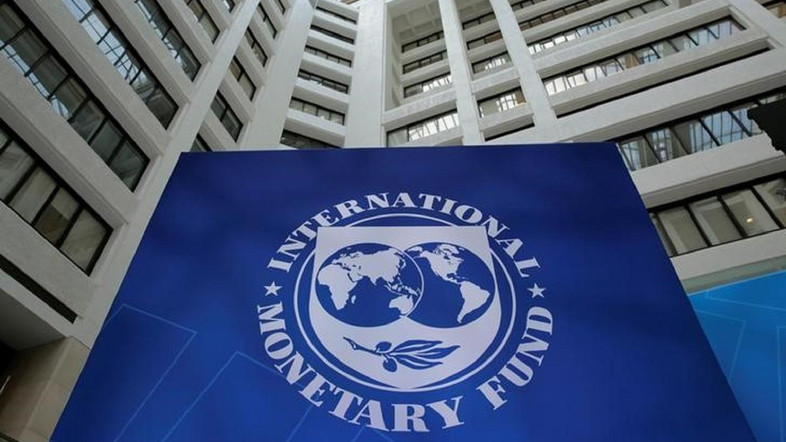
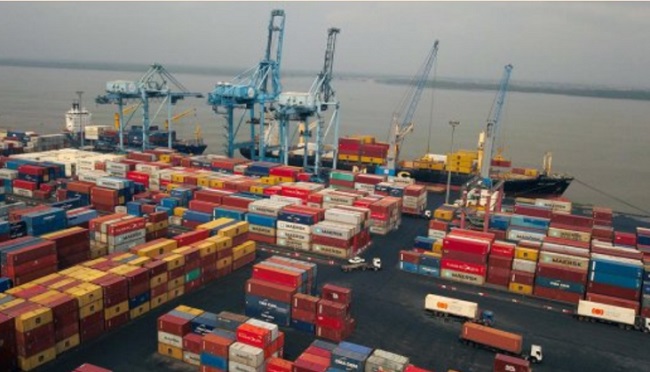




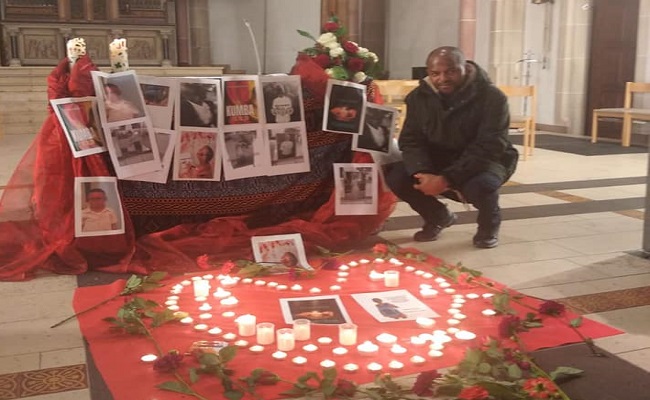


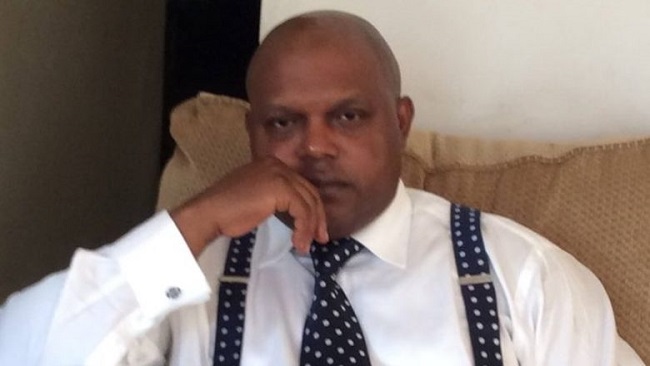
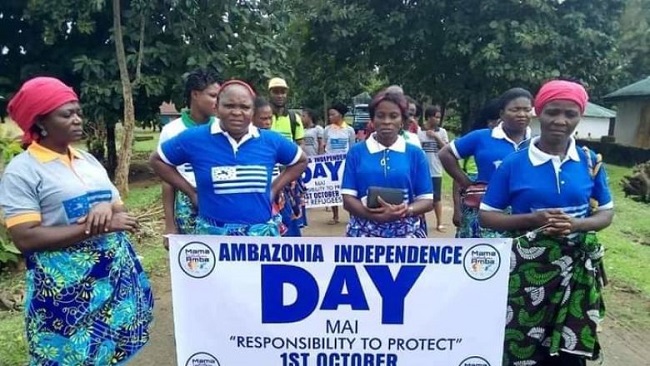






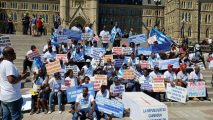
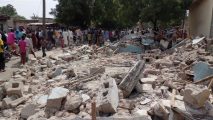
25, July 2024
Stepping up efforts to check child labor in African cocoa-producing communities 0
Child labour is a common phenomenon in African cocoa-producing communities, most of which are in West and Central Africa. The use of child labour in cocoa-producing communities is spurred by poverty which impedes efforts by farmers to employ adult labour for their cocoa production.
According to the World Cocoa Foundation, “Cocoa is grown by millions of smallholder farmers with a high prevalence of poverty. Many cocoa-growing families have no choice but to put their children to work because they cannot afford other sources of labour and it is often an accepted cultural practice to help keep the farm running.”
Though culturally accepted in African cocoa producing communities, the World Cocoa Foundation is striving to remedy this situation to give children in cocoa-producing communities a chance to have a normal childhood and an opportunity to get the education they need to make informed decisions later in life by establishing broad coalitions with other key sector stakeholders.
In a message on its website, WCF has indicated that it has been working with several key actors to give children in those communities a new lease on life. “In broad coalition with governments, companies, and development organisations, a layered approach has been adopted. The primary goal is to combat child labour through a diverse set of solutions. These include efforts to confirm that children possess a birth certificate and have access to quality education. Child labour monitoring and remediation systems have been leveraged as essential tools, focusing on mitigation and providing remediation support to children involved in, or at risk of, child labour. Efforts also extend to assisting their families and communities in addressing the underlying challenges and poverty, one of the primary root causes of child labour. To address the issue of child labour we are working with our partners help increase farmers’ incomes in rural areas,” the WCF said.
WCF and its partners are setting up child labour monitoring and remediation systems to help authorities identify child labour issues and address in a timely fashion and appropriately.
“Child labour monitoring and remediation systems are set-up in order to identify and address child labour. They can be embedded in a company’s supply chain or at community level. It involves systematic monitoring, identification of child labour risks and remedial actions such as education and alternative livelihood support,” WCF stressed.
Meanwhile the World Cocoa Initiative, for its part, has undertaken a series of measure to help with efforts to check child labour. Among those efforts are the training of community members to monitor and report on the commitments of government and companies on child labour – to strengthen accountability towards local communities and their voice in global debate; the engagement with Government and local authorities to identify needs and strengthen systems to prevent, identify and address child labour and forced labour risk; setting up an online platform through which cooperatives, farmer and gold mining associations/groups can access free piloted, validated tools and training materials to improve their systems to prevent, identify and address forced labour; while at the same time allowing policy makers, law enforcement agencies and relevant government ministries to access dedicated platforms to strengthen their work.
The World Cocoa Initiative is also promoting good practices with supply chain actors at the national and international level, while building the capacity of community-based organizations to strengthen advocacy and accountability in the tracking of government commitments. It is also organizing community-based awareness raising activities with community members, in particular women and vulnerable groups, on forced labour indicators, child labour, rights and access to social services; providing hands-on trainings in alternative livelihood activities for cooperatives and at-risk vulnerable families and the setting up of Village Savings and Loans Association in Ghanaian cocoa-producing communities; and setting up a remediation fund to support child labour victims.
Also, with funding from the Norwegian Government through the Norwegian Agency for Development Cooperation, ICI, Solidaridad and the Rainforest Alliance are collaborating to address child labour and forced labour in the cocoa supply chain and gold-mining communities in Ghana.
By Cecilia M. Manjang